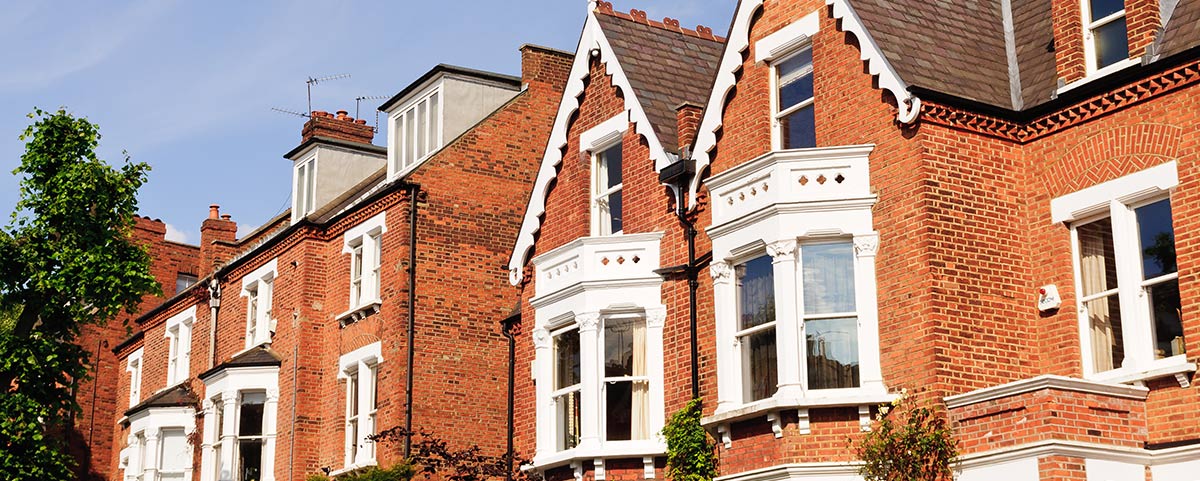What Are The Features And Benefits of Vacuum Glazing?
Vacuum glazing has huge benefits for homes, older buildings and the environment. Lets take a look at some of the key features and benefits.
What is vacuum double glazing?
Vacuum glazing is an advanced type of glazing technology that significantly improves thermal insulation by creating a vacuum space between two panes of glass. This design minimizes heat transfer through conduction and convection, making it an excellent choice for energy-efficient windows and doors.

Here are some key features of vacuum glazing:
Thin Profile:
One of the notable aspects of vacuum glazing is its thinness. The overall thickness can be less than 7 mm compared to traditional double glazing, which usually ranges from about 24 mm to 28 mm.
Low U-Value:
The U-value of vacuum glazing can be significantly lower than traditional glazing, indicating better insulating properties. It can achieve U-values around 0.7 W/m²K or lower, depending on the design. Single glazing will have a U-value 5.8 W/m²K and so vacuum glazing is a considerable improvement. In fact, vacuum glazing achieves the same efficiency as triple glazing and yet it is roughly the same thickness as that of a single pane of glass.
High Visibility:
The clear glass allows for high transparency, ensuring ample natural light while minimizing heat loss.
Durable Sealing:
The vacuum seal is typically achieved through specialized manufacturing techniques, making these units durable and resistant to moisture and air infiltration.

Some key benefits of vacuum glazing:
Energy Efficiency:
Vacuum glazing can significantly reduce heating and cooling costs by maintaining indoor temperatures, thus contributing to energy savings.
Space Saving:
Its thin profile allows for more flexible design options, particularly in retrofitting older buildings where thick windows might not be feasible.
Noise Reduction:
The vacuum layer also serves to dampen sound transmission, providing better acoustic insulation compared to standard single-glazing, double-glazing and even triple-glazing windows.
Long Lifespan:
Vacuum glazing units generally have a longer lifespan than some other energy-efficient glazing options when properly installed and maintained. Fineo vacuum glazing has a 20-year warranty with a service life expectancy of 60+ years.
Sustainable Option:
By improving energy efficiency, vacuum glazing contributes to reducing carbon footprints and promoting sustainability in building practices.
Availability:
Vacuum glazing is commercially available in UK and Europe. Currently there is just 1 manufacturer in Europe, namely AGC glass who manufacture Fineo vacuum glazing in Belgium. There are also 2 or 3 other manufacturers supplying units from China.
Applications:
Vacuum glazing is used in various applications such as residential and commercial buildings, automotive windows, and specialized applications like museum cases and refrigerator doors. As technology develops, it may become more widely adopted due to its advantages over traditional glazing methods.




